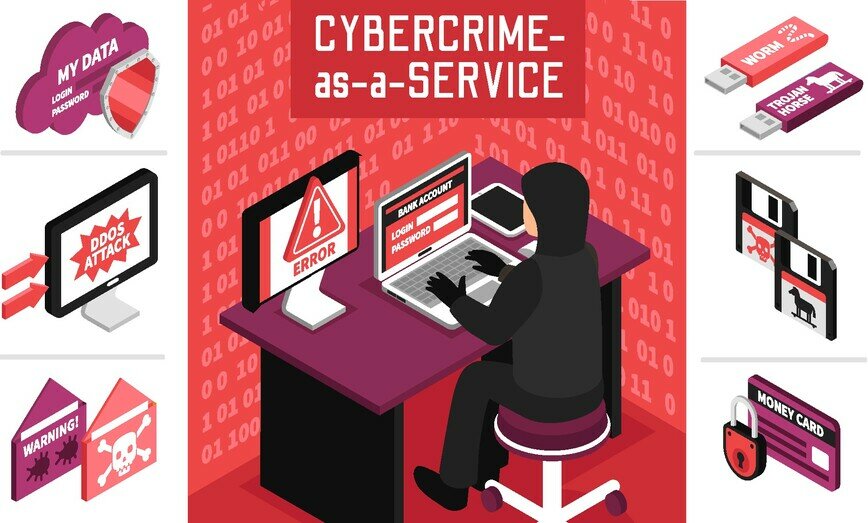
AI, Automation, and Cybercrime-as-a-Service: The New Normal Facing Defenders
In the rapidly evolving digital landscape, the arms race between cyber defenders and attackers is reaching unprecedented levels of sophistication. The advent of Artificial Intelligence (AI) and automation technologies has been a double-edged sword, offering groundbreaking opportunities for both security professionals and cybercriminals. At Peritus Digital, we've been closely monitoring these trends, and it's clear that one of the most concerning developments is the rise of Cybercrime-as-a-Service (CaaS). This new normal presents a complex array of challenges for defenders, requiring a shift in strategy and mindset to protect digital assets effectively.
The Rise of AI and Automation in Cybersecurity
AI and automation have been game-changers in the realm of cybersecurity. These technologies have enhanced the capabilities of security teams by automating routine tasks, improving threat detection through machine learning models, and enabling faster response times to potential breaches. However, as these technologies become more accessible and sophisticated, they are also being leveraged by adversaries to conduct more complex and stealthy cyberattacks.
Cybercriminals are using AI to automate the creation and distribution of phishing emails, making them more convincing and harder to detect. AI-driven malware can now adapt and change its behaviour to evade detection by traditional antivirus solutions. Automation tools allow for the rapid exploitation of vulnerabilities, increasing the speed and scale at which attacks can occur.
Cybercrime-as-a-Service: Democratising Access to Sophisticated Tools
Cybercrime-as-a-Service represents a significant shift in the cyber threat landscape. It allows individuals with minimal technical expertise to launch sophisticated cyberattacks by renting access to tools and services developed by more skilled hackers. This model has significantly lowered the barrier to entry for cybercrime, enabling a broader range of actors to participate in illicit activities.
Services offered on the dark web range from ransomware deployment, DDoS attack capabilities, and even complete hacking campaigns. These services are often advertised with customer support, user manuals, and service guarantees, mimicking legitimate business operations. The commoditisation of cybercrime tools has led to an increase in the frequency and diversity of attacks, making it increasingly difficult for organisations to defend against them.
The Implications for Cyber Defenders
The democratisation of sophisticated cybercrime tools and the use of AI and automation by attackers mean that defenders must be more agile, knowledgeable, and resourceful than ever before. Traditional perimeter-based defences and reactive security postures are no longer sufficient in this new normal. Instead, organisations must adopt a proactive and dynamic approach to cybersecurity, characterised by:
- Advanced Threat Detection: Leveraging AI and machine learning to identify and respond to threats in real-time.
- Continuous Monitoring and Analytics: Implementing comprehensive monitoring solutions to detect unusual behaviour and potential vulnerabilities.
- Incident Response Automation: Automating certain aspects of the incident response process to reduce response times and mitigate damage.
- Cyber Hygiene Education: Training employees on the importance of cyber hygiene and the role they play in protecting the organisation's digital assets.
- Collaboration and Information Sharing: Working with industry peers, government agencies, and cybersecurity firms to share intelligence and best practices.
Looking Ahead: The Future of Cybersecurity
As we look to the future, it's clear that the battle between cybercriminals and defenders will continue to escalate. The use of AI, automation, and the proliferation of Cybercrime-as-a-Service offerings will make this fight increasingly complex. At Peritus Digital, we believe that the key to success in this new era of cybersecurity lies in innovation, collaboration, and a commitment to continuous learning and adaptation.
The journey ahead is challenging, but by leveraging cutting-edge technologies, embracing new strategies, and fostering a culture of cybersecurity awareness, organisations can navigate the evolving threat landscape with confidence. Together, we can redefine what it means to be secure in the digital age.